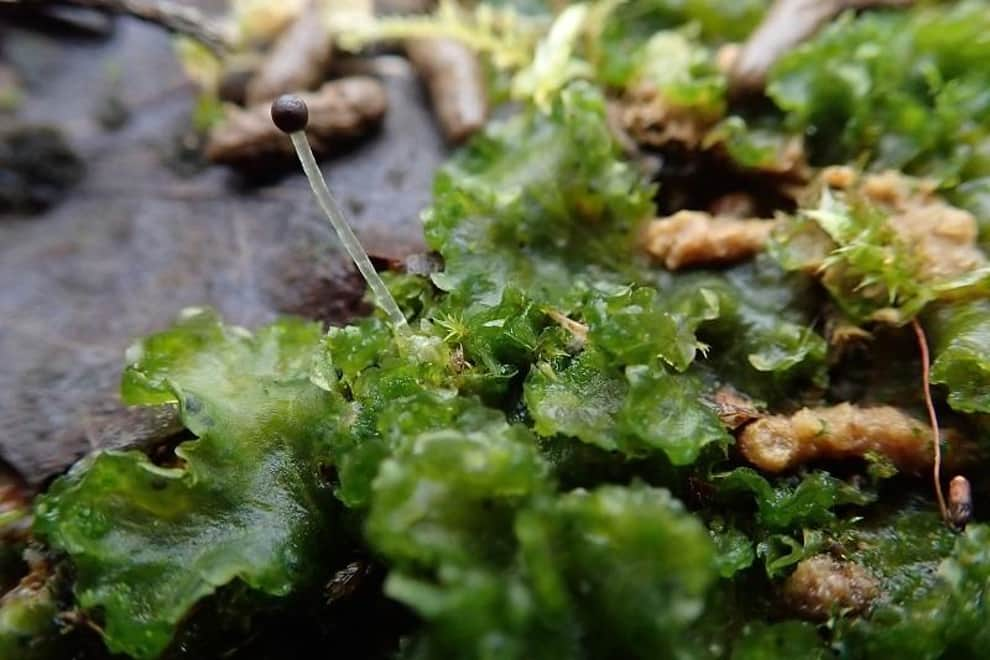Discover how Luton’s community adapts to road closures and infrastructure upgrades, turning short-term disruption into long-term sustainability and resilience. Learn more now!
The 'Life on Mars' conservation project has unearthed some incredible botanical findings at Sandy quarry. Among these exciting discoveries is the Weedy Frillwort – a small, flowerless plant with lobe-like leaves – which has been recorded for the first time in Bedfordshire. In addition, several other rare species of mosses, liverworts, lichens, and fungi have also been documented.
The Discovery
In a significant breakthrough for botanists and conservationists alike, the 'Life on Mars' project, aimed at preserving and studying the unique ecological environment of the Sandy quarry, has yielded several new and rare plant species. The highlight of this discovery spree is undoubtedly the Weedy Frillwort, a diminutive yet fascinating plant that lacks flowers and instead exhibits distinct lobe-like leaves. This marks the first recorded presence of the Weedy Frillwort in Bedfordshire, opening new avenues in the study of regional biodiversity.
The Significance of the Weedy Frillwort

The Weedy Frillwort, known for its unassuming appearance, plays a crucial role in the ecosystem by providing habitat and nourishment for various microfauna. Its discovery in Sandy quarry suggests that the area may possess unique environmental conditions favorable for such specialised plants. The identification of this plant also underscores the importance of continuous botanical surveys and conservation efforts in relatively unexplored regions.
A Wealth of Rare Species
Beyond the Weedy Frillwort, the conservation project has brought to light a plethora of rare species. Enthusiasts and experts were thrilled to document various mosses, liverworts, lichens, and fungi, each contributing to the rich tapestry of the quarry's ecological landscape. These findings not only enhance our understanding of the area's biodiversity but also highlight the delicate balance of its ecosystems.
The Role of Sandy Quarry in Biodiversity
Sandy quarry has emerged as a hotspot for botanical and ecological studies. Its unique terrain and microclimates support a diverse range of flora and fauna. The quarry's conservation project, aptly named 'Life on Mars' due to the otherworldly appearance of its landscape, aims to protect these species and their habitats while furthering scientific research. This latest wave of discoveries serves as a testament to the quarry’s ecological significance.
Future Prospects
These discoveries pave the way for future research and conservation initiatives. By understanding the specific conditions that allow such rare species to thrive, scientists can develop strategies to protect and possibly replicate these environments elsewhere. Moreover, the findings will likely inspire further botanical explorations in Bedfordshire and beyond.
Community and Conservation Efforts
The success of the 'Life on Mars' project can be attributed to the collaborative efforts involving local communities, conservationists, and scientists. Public engagement and educational programs have been critical in fostering a sense of stewardship and awareness about the quarry’s ecological value. Continued support and involvement from all stakeholders will be essential in preserving these newly discovered species for future generations.
Conclusion
The remarkable plant discoveries at Sandy quarry signify an important milestone in the field of botany and conservation. The recording of the Weedy Frillwort and other rare species underscores the necessity of ongoing conservation efforts and scientific exploration. As we continue to uncover the natural treasures hidden within our landscapes, projects like 'Life on Mars' serve as a beacon of hope for biodiversity preservation and ecological awareness.